How to Detect AI-Generated Text and Photos
In the era of generative AI, numerous AI image generators can create realistic images in mere seconds. While accessing information is just a tap away, discerning whether it’s truthful or deceptive is crucial. AI-generated texts and photos significantly impact narratives and misinformation spread.
If you’re eager to understand how to detect and protect yourself from this advanced form of AI deception, you’re in the right place. Continue reading to discover effective ways to identify AI-generated text and photos!

Why Detecting AI-Generated Texts and Photos is Crucial
AI-generated texts and images are among the most common forms of AI deception. Social media platforms often disseminate false information to influence public opinion. Many accounts actively spread AI-generated misinformation. The most harmful scenario is when legitimate sites and media outlets use AI (large language models) to produce human-like articles, spreading fake news.
AI-generated texts and articles are widely used to sway public opinions, with social media playing a significant role in promoting these campaigns. Tools like ChatGPT have raised concerns about the authenticity of information, which is now frequently manipulated. These tools can create an illusion of authenticity, making it more critical than ever to detect AI-generated texts and photos. Given their various forms, detecting AI content requires multiple proactive approaches. Let’s explore these approaches!
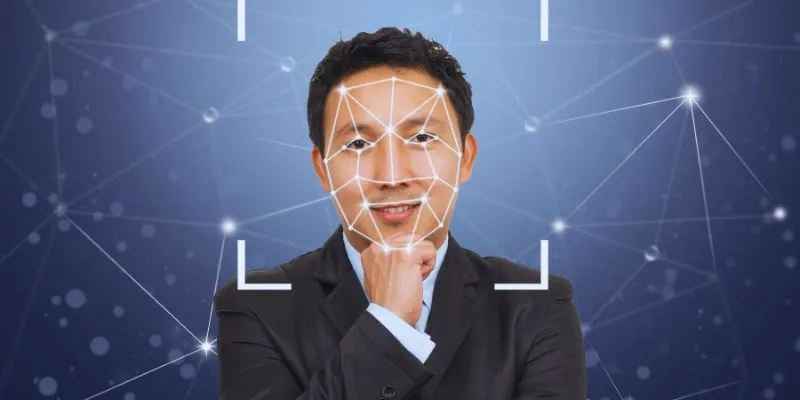
How to Detect AI-Generated Texts
Detecting AI texts can be challenging, as most people don’t scrutinize the information they consume. However, it’s vital to develop the ability to identify AI-generated content. Here are a few simple methods to detect AI- generated texts:
- Text Language and Tone: Frequent readers may find it easier to identify and analyze the tone of the text. For infrequent readers, pay attention to the language and tone. AI text often sounds robotic, hinting that it’s not human-written.
- Repetitive Phrases and Writing Style: AI-generated content frequently contains repetitive phrases due to its reliance on pre-programmed data. The writing style and patterns may feel mechanical, often using technical jargon or buzzwords.
- Understanding the Context: AI text may deviate from the context. Having prior knowledge about the topic can help differentiate between AI and human-written content.
- Use AI Plagiarism Tools: AI-generated text often violates copyrights. Tools like Writer, Winston AI, GPTZero, Copyleaks, ChatGPT Detector, and Quillbot can highlight AI-generated content. Consider the content type, language support, and budget before selecting a tool.
How to Detect AI-Generated Photos
AI-generated images have caused a stir online, often appearing detailed and realistic. These images are sometimes used by reputable social media accounts and media houses to manipulate information and opinions. Here are ways to differentiate AI-generated images from real ones:
- Image Metadata: Metadata provides details about the image, such as camera info, date, time, and software used. However, metadata can be altered, so use it along with other methods to distinguish original from fake images.
- Visual Patterns and Reverse Image Searches: AI-generated images aim for perfection, creating images pixel by pixel. They often miss creative or raw angles. Reverse image searches can help identify AI modifications.
- Comparison with Real-World Objects: AI-generated images often lack the rawness of natural images. Comparing textures and imperfections with the real world can help identify fake images.
- Use Detection Tools: Tools like BrandWell, Huggingface, AI Or Not, Fake Image Detector, V7 Deepfake Detector, Foto Forensics, and Forensically Beta can help differentiate AI-generated images from real ones.
Conclusion
The AI revolution in generating text and images is reshaping digital perception. It’s vital to analyze online information, whether text or visuals, before forming conclusions or sharing it. By employing various techniques, anyone can detect AI-generated texts and photos, maintaining the authenticity and integrity of content.
Related Articles
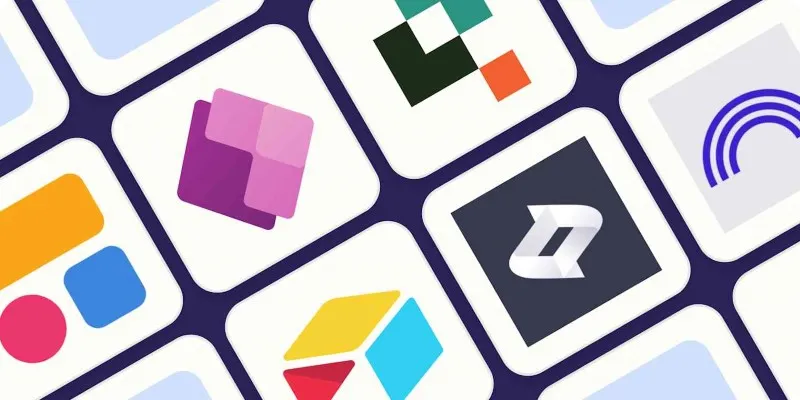
The 6 Best AI App Builders in 2025 for Fast, No-Code Development
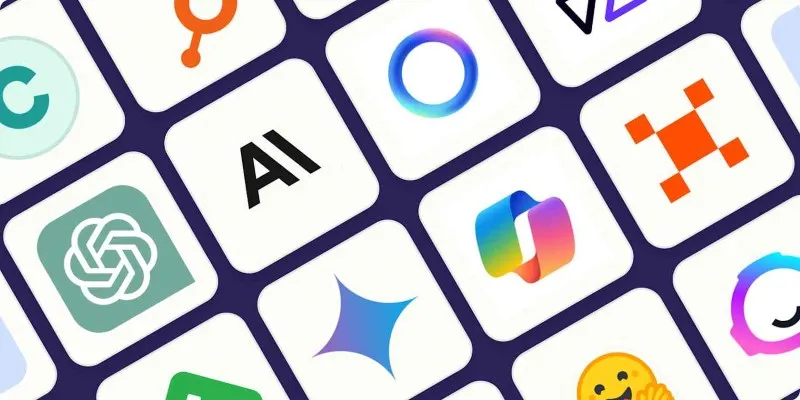
The Best AI Chatbots in 2025 to Power Conversations and Save Time
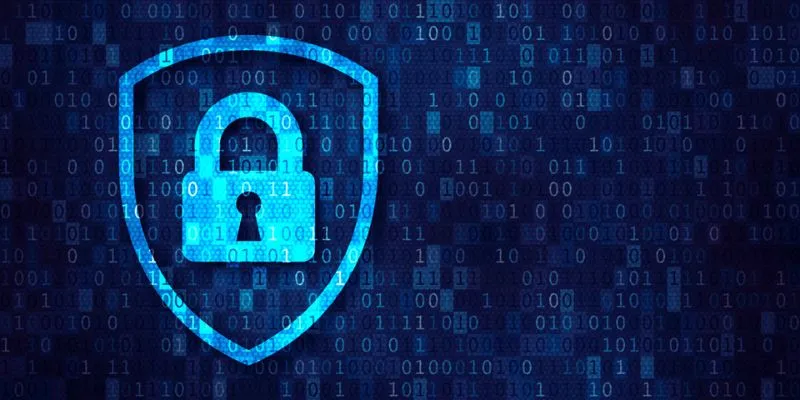
6 Ways to Automate Security and Identity Tools for a Safer Business

Fathom vs. Fireflies: A Comprehensive Comparison of the Best AI Note Takers
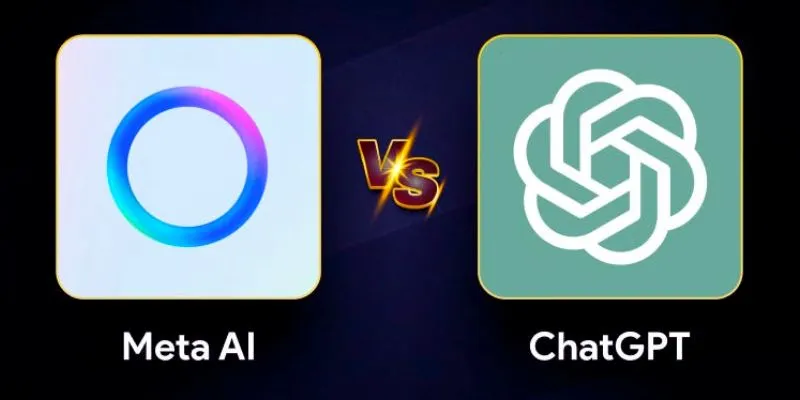
Meta AI vs. ChatGPT: Key Differences and Which Is Better for You
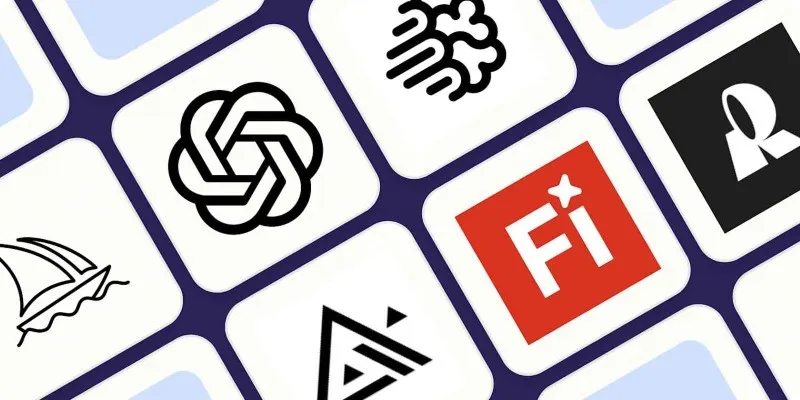
Discover the Best AI Image Generators to Bring Your Ideas to Life in 2025
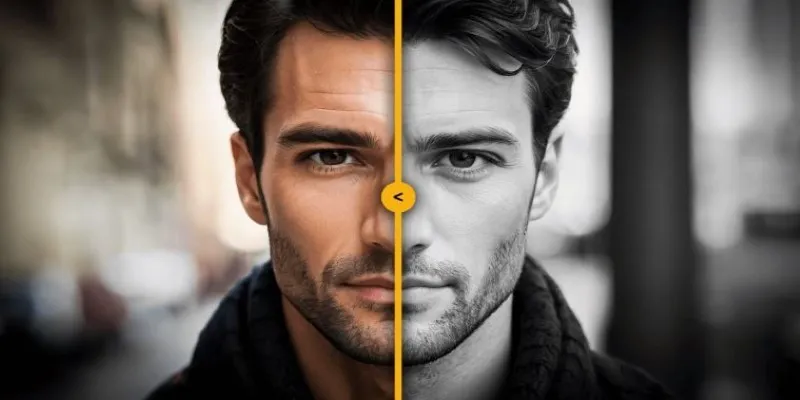
How to Colorize Your Black and White Videos: 5 AI Tools You Should Try

The 10 Best AI Video Tools in 2025 to Create Smart Content Fast
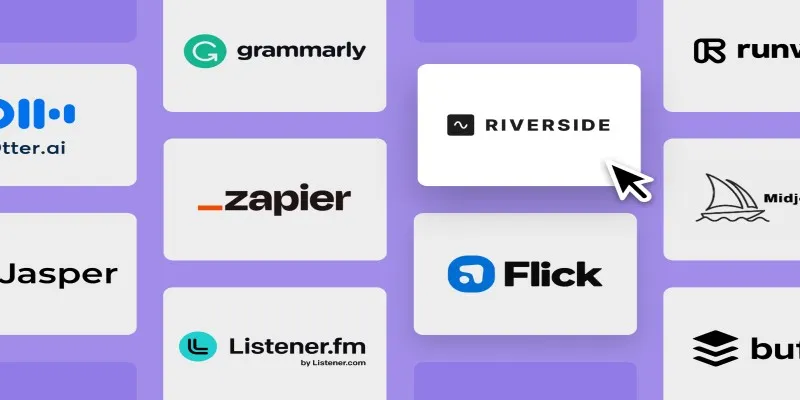
The 12 Best AI Marketing Tools in 2025 to Boost Reach and Cut Workload
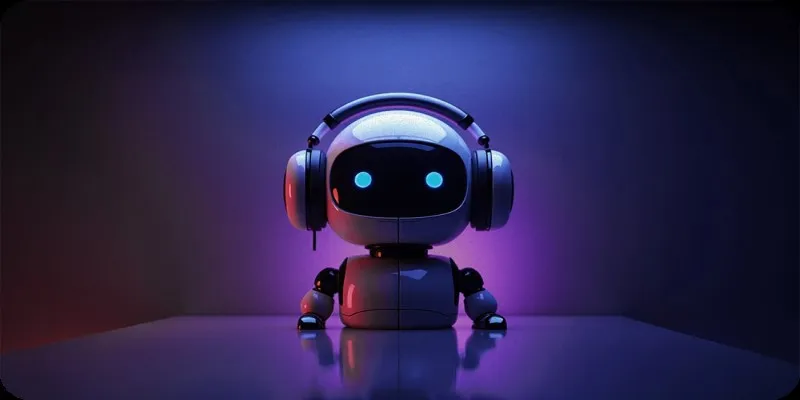
Discover the Top 8 AI Meeting Assistants in 2025 to Boost Productivity and Stay Organized
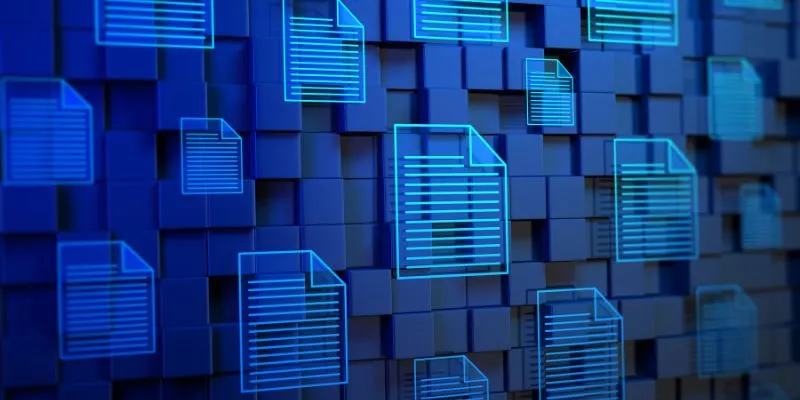
How to Use Tags and Labels to Organize Your Files: A Step-by-Step Guide
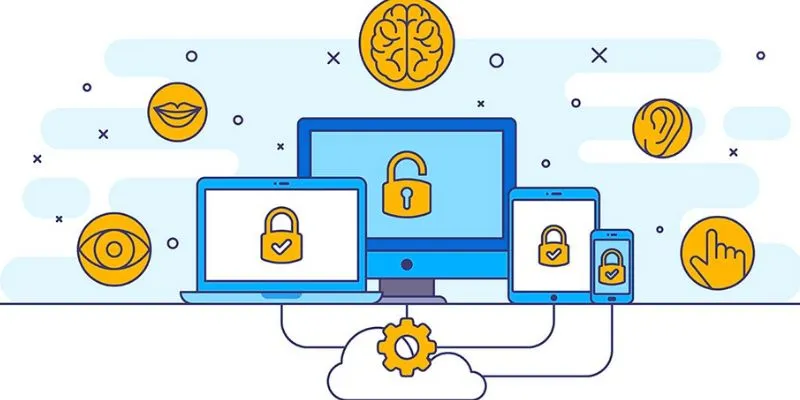
3 Essential Accessibility Tech Tools to Make Work More Manageable
Popular Articles

The Ultimate Guide to Removing Digital Signatures from PDF Files
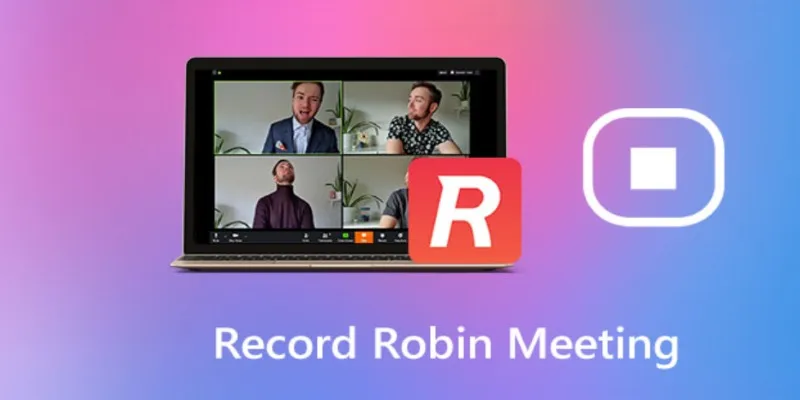
How to Effectively Document Your Robin Meeting Room Sessions
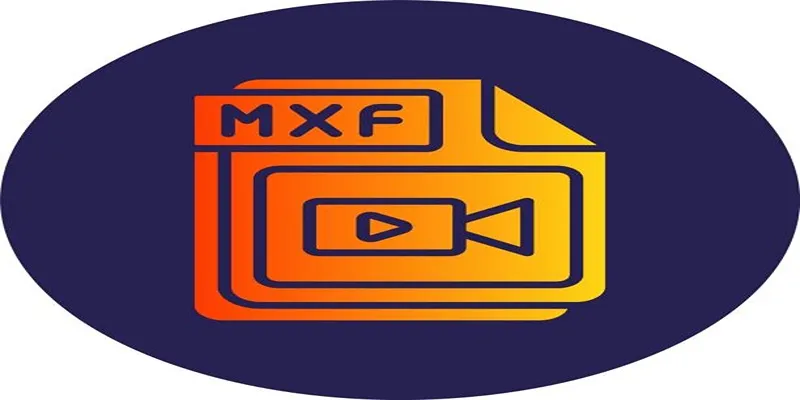
Top Tools to Convert MXF Files for Seamless Sony Vegas Compatibility

How to Easily Change Video Formats on a Mac: Simple Methods

How to Limit Heartbeat API in WordPress: Beginner-Friendly Methods
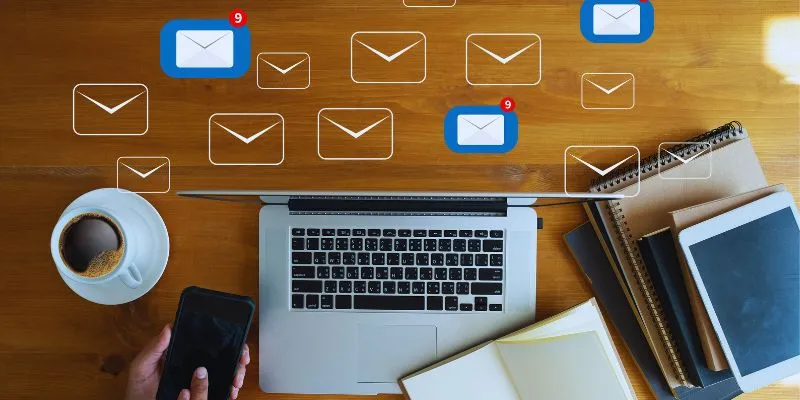
Streamline Your Email Campaigns: The 7 Best Cold Email Software Options
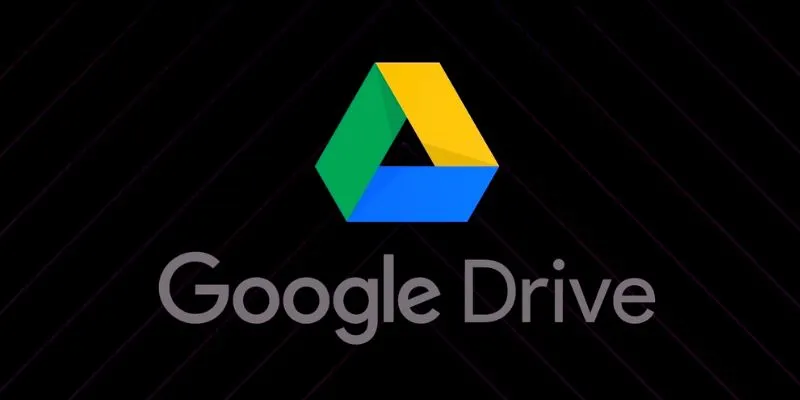
How to Automatically Organize and Save Client Files in Google Drive Folders
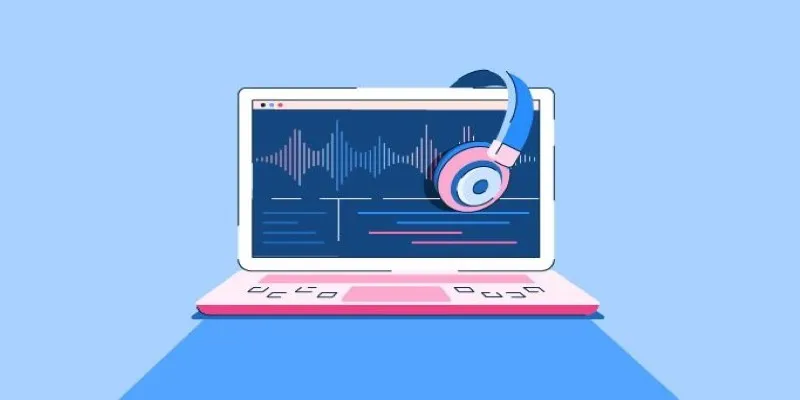
8 Free Audio Editing Tools Worth Trying: A Comprehensive Guide
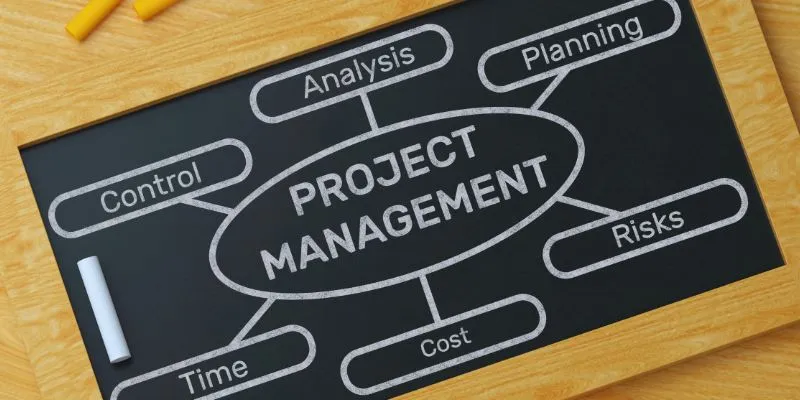
Streamline Your Workflow: 6 Effective Ways to Automate Project Management
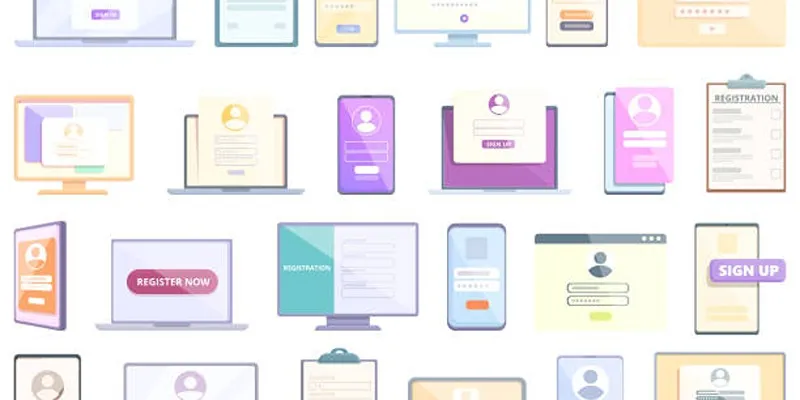
Step-by-Step Guide to Adding Multiple Galleries in WordPress
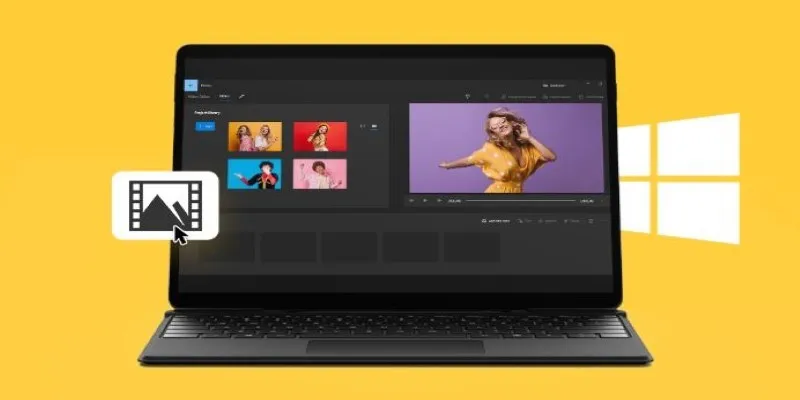
Windows 10 Video Editing: 10 Best Software Reviews
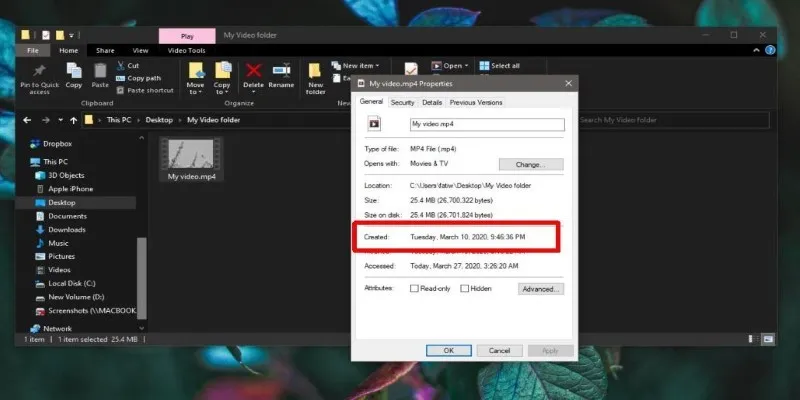
 mww2
mww2